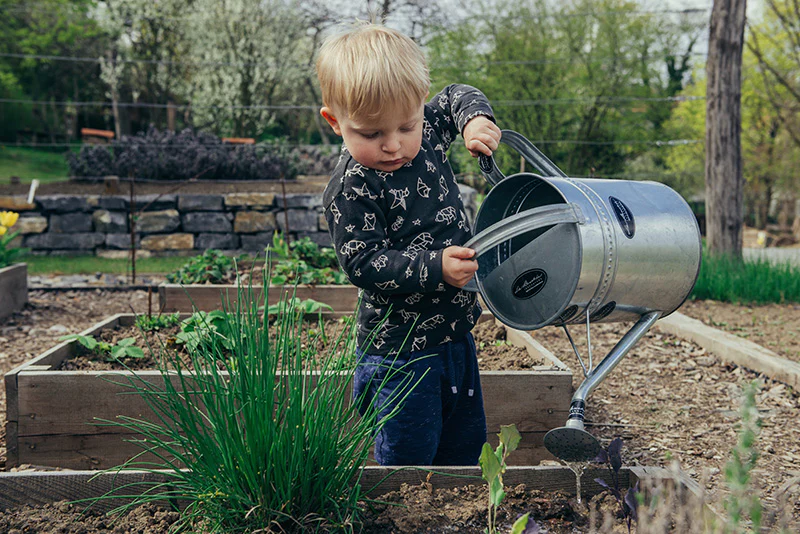
If you are a new gardener or simply want to refresh old skills, it is important to understand what you should or should not do when beginning any spring gardening projects. Every successful planting theme is the result of careful planning, and as a result, it can be difficult to process all the required information needed to maintain your garden effectively. Making sure that you properly clean your space, cover your plants correctly and even prune at the right time can all massively impact on how your garden will look and grow.
In this article, we will highlight the dos and don’ts for spring gardening to help you with your outdoor planting designs. Let’s take a look…
Keeping Your Plants Covered
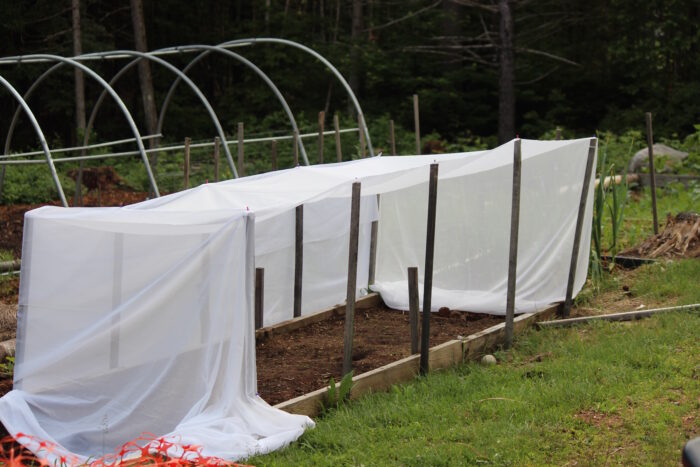
Unless they are particularly resilient plants, such as snowdrops which can grow even in frost and snow, most plants prefer warmer soil and more consistent sunlight to grow effectively. Whilst it may be incredibly tempting to plant new flowers into your garden space as soon as springtime descends, you will want to avoid any cold snaps or overnight frosts to keep your plants alive. It is better to begin planting mid to late spring, rather than as early as possible.
However, if you do insist on planting as early as you can, consider planting hardier flowers that have adapted to survive these colder temperatures, such as pansies and violas. If extreme frosts do continue, you should cover your plants to help them persevere. Alternatively, growing plants in a greenhouse or a warm shed with windows is a fantastic way to ensure your plants are protected from the elements and are kept at a consistent temperature.
Spring Clean Your Space
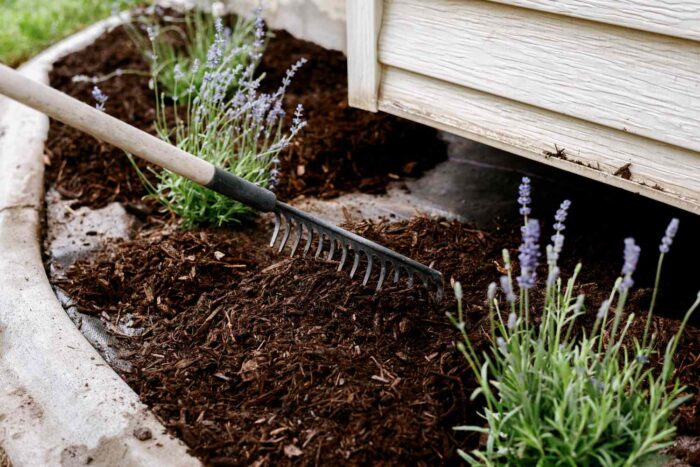
The harsh weather of the winter can absolutely decimate your garden, turning it from a well cultivated, considered design space into a muddy, slippery quagmire. Beginning to tidy up your garden is essential following months of it being subjected to the cold. Use a rake to scrape away any lingering moss, mulch, cut grass, fallen tree branches and leaves, and you will soon start to see your garden slowly come back to life. Don’t worry; all this natural wastage can be cut down and added to your compost bin, ensuring that nothing is wasted. If you do not have a compost bin, consider purchasing or making one during the springtime, as it will allow you to repurpose all the dead, loose plants and waste that have littered your garden in the winter.
Once your garden space is completely cleared, you can help to aerate and improve the quality of your soil by sowing new grass seeds and adding new holes with a garden fork to help with drainage. Your lawn can become incredibly yellow in the winter, after months of being underneath fallen leaves, frost, and occasional snow. To speed up the growth of the new grass seeds, we recommend adding a layer of topsoil from your composted materials. Additionally, it is important to clear any fallen leaves off any patio or decking spaces to avoid any slippages. These areas will need a simple sweep with a soft bristled brush, followed by a hose down. Keep your garden neat, tidy, and safe as you start to make more use of it in the sunshine.
When and When Not to Trim Your Plants
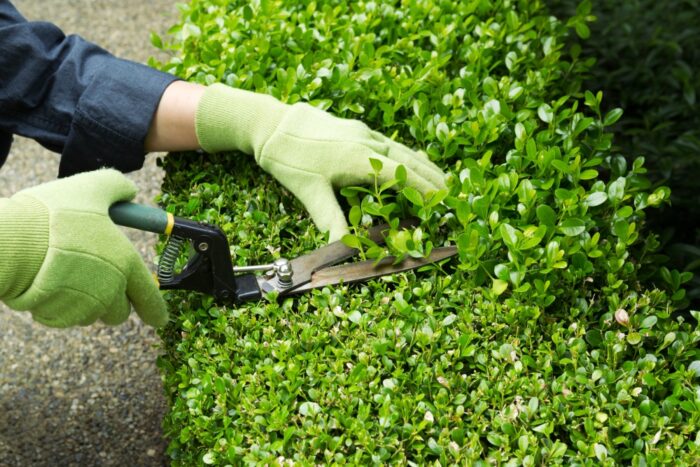
With the sunlight returning after months of grey, cold overcast darkness, it can be extremely rewarding to finally return into your garden space during the springtime to tidy up your surviving planting from the previous year. Your more hardy, resilient plants that have continued to grow during the winter may have become slightly messy and overgrown. As a result, it is a great opportunity to cut away any untidy growth with a pair of garden shears or secateurs.
Pruning has both functional and aesthetic benefits, helping to stimulate successful growth as well as keeping your plants looking trim. Spring-growing plants should be pruned shortly after they initially bloom, and summer-blooming plants should also be trimmed and cut back slightly during the springtime too. Make sure to avoid cutting off any leaves and flower buds. Certain flowers can only be pruned during the winter, so whatever you have growing in your space, make sure you do your research. Pruning a plant out of season can result in your flowers not blooming properly and may even completely kill the plant.
Protecting Wildlife
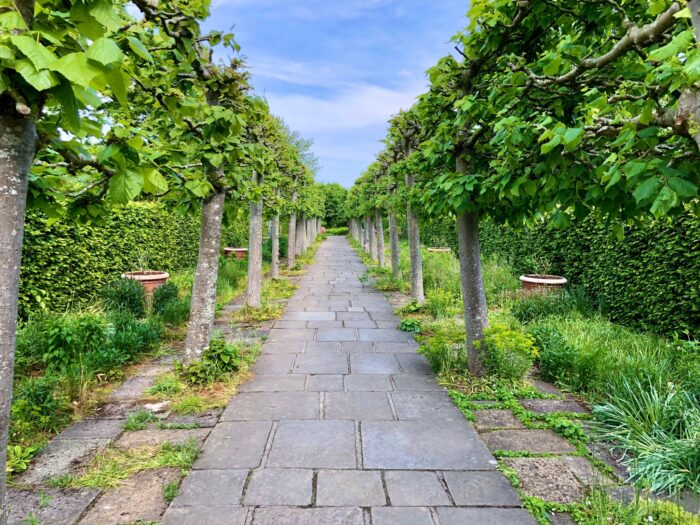
It’s easy to get carried away when beginning a spring clean but remember to be careful about any visitors to your garden that may have made their home in your space during the winter. For example, when pruning and trimming overgrown hedgerows, be mindful of the fact that birds may have made their nests there and will need to be worked around. Research your area thoroughly before cleaning, to know what kind of wildlife you should be looking out for.
Similarly, when sweeping up fallen leaves from your garden floor, be aware that Hedgehogs may still be hibernating in specially-made nests during these larger, accumulated piles. In the same way you look out for any hibernating animals during bonfire season so as not to harm the local wildlife, you need to be equally vigilant during the early springtime. Please be aware of any lingering presences before being too aggressive with a rake or spade!
To conclude, knowing what to do, and what not to do, for your spring gardening is paramount for any budding or even experienced gardeners. Following the simple rules for cleaning up your space, pruning and planting can ensure your garden thrives during the springtime. Additionally, being respectful of the wildlife living in your garden can help to encourage more biodiversity within your space. We hope this article has been beneficial to show you what to – and what not to do – in your own gardens. Good luck!





